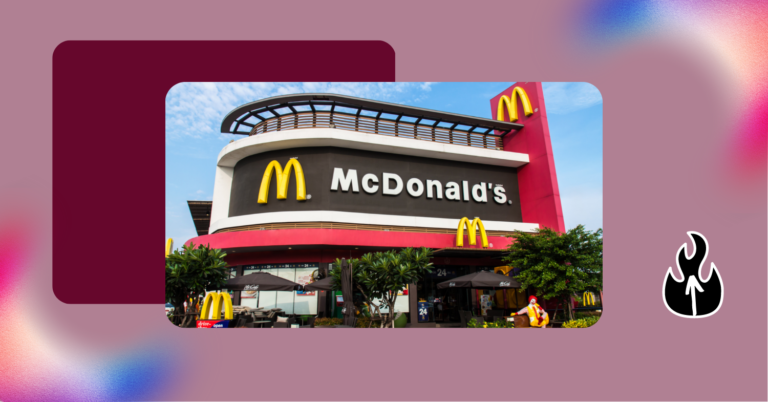
How many of us remember being invited to “Tupperware parties” in the 90s? Or heading to David’s Bridal for that Maid of Honor dress, that would inevitably sit in your closet until spring cleaning rolled around? I know I do. But in today’s fast-paced world, businesses must continuously adapt and innovate to survive. Two companies that have recently faced challenges are David’s Bridal, the largest bridal retailer in the United States, and Tupperware, an iconic American kitchenware brand. Both companies are facing significant financial struggles due to various factors, but there are lessons to be learned from their experiences that could have helped them avoid these problems in the first place.
Reading The Room
Recently, David’s Bridal filed for Chapter 11 bankruptcy due to a number of factors such as inflation, competition from online and secondhand retailers, as well as a shift towards more casual weddings. But my question is, why wasn’t the marketing team or someone in business intelligence reading the room? Before, during, and after COVID, consumer preferences and shopping habits changed dramatically. We saw the rise of shopping platforms like Instacart and Postmates, with many brick and mortar stores adding their names to mix, to capture revenue from wary shoppers who still wanted to shop, just not in person. Truthfully, David’s Bridal should have been more attentive to changing consumer preferences and shopping habits. By closely monitoring trends on social media, diversifying product offerings, and embracing digital platforms, the company might have been better equipped to navigate the challenges facing the retail industry. A simple social listening study could have saved them from the position they now find themselves in.
Similarly, Tupperware also faced numerous challenges, including a 50% plummet in its stock price and a major disconnect with younger consumers. To prevent these troubles, Tupperware could have potentially taken several measures to adapt to changing consumer preferences and market trends. These measures include product innovation, pivoting sales strategies, diversifying product offerings, and establishing a more secure financial foundation. But both companies decided to “stay the course.” To hell with the zeitgeist of change, numerous documentaries on the plastic problem, and GenZ – who needs em’?
Both companies’ experiences highlight the importance of staying in tune with consumer preferences and being flexible enough to adjust to evolving market trends. But in order to be flexible, you actually have to
“listen to consumers” regularly and be proactive in identifying changes within your industry and respond accordingly to thrive in the long term. However, this wasn’t the case for David’s Bridal or Tupperware, unfortunately, which is especially sad to see for these 70+ year old iconic brands that could soon become extinct.
The #BrandRewind
To avoid falling into the same pitfalls as David’s Bridal and Tupperware, businesses need to prioritize monitoring consumer preferences and trends regularly, diversifying their product offerings, embracing digital platforms, and ensuring a stable financial foundation. By being proactive and adaptable, companies can better position themselves to weather the inevitable changes and challenges that come with operating in a competitive market. If not, they’ll go the way of another well-known and iconic brand that couldn’t get with the times…remember Blockbuster?
About The Author
Barika Phillips Bell is the co-founder of the award winning agency, B3 Media Solutions, a digital analytics, social research, listening (search & social), data visualization, and reporting agency. She has over 15+ years experience within social media and market research on both the brand and agency side.




